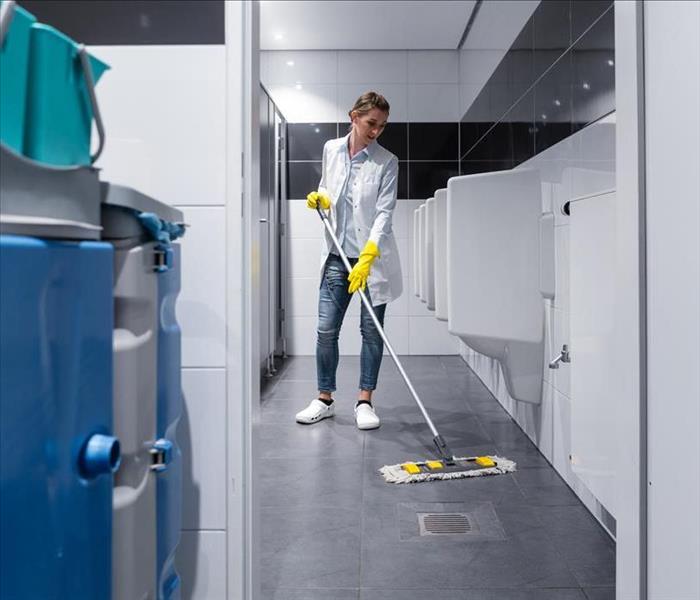Understanding the Sewer Cleanup Process
8/5/2021 (Permalink)
When your commercial building in Bountiful, UT, has sewer damage, the thought of cleaning it up may seem overwhelming at first. Once you understand the different steps of the sewer cleanup process, though, it is likely to seem much more manageable.
Identify Cause
Before the cleanup process can begin, technicians need to know how the problem started. There are many potential causes of sewer problems:
- Flooded toilet
- Broken sewer lines or pipes
- Invasive tree roots
- Blocked or flooded municipal sewers
Knowing the cause of the damage helps the plumber or other repair personnel decide how to fix it so that it doesn't cause more damage to your building.
Assess Damage
When sewer damage cleanup experts arrive at your building, the first thing they do is complete a walkthrough of the space. They document all the damage so that they can create an action plan for efficient mitigation. Then they can create an itemized list of tasks that must be completed and give you an estimate of the cost.
Extract Moisture
Sewer backup typically leaves a lot of contaminated water behind. The results are standing puddles or a high humidity level in the building. The water must be removed with industrial pumps, and the humidity levels must be lowered to prevent secondary damage.
Remove Debris
Sometimes sewer water leaves sludge and other debris behind. Once the water is removed, it's easier to see what else needs to be taken out. If there is a lot of debris, technicians often use pumps or vacuum hoses for quick removal. They also tear out saturated drywall, carpet, and other materials that are ruined by sewage.
Disinfect Area
One of the most important parts of the sewer cleanup process is disinfection. Water that backs up or seeps in from the sewer is considered Category 3 Water, which means it likely contains all kinds of bacteria and other microbes. The mitigation team not only cleans but deodorizes every inch of your building that is affected by the backup.
Dry Surfaces
The surfaces that remain after ruined materials have been torn out and not only have to be sanitized but also dried. Failure to do so can lead to ongoing issues such as mold growth or further water damage. Removing as much excess moisture as possible is the key to complete remediation.
Rebuild Structure
The last step of the cleanup process is restoration. The remediation team doesn't just leave your building gutted and clean. Certified builders put up new walls and install new ceiling tiles. They match the wallpaper, paint, and flooring with the parts that are able to be salvaged so that no one can tell where the damaged area and preexisting structure meet. The job isn't finished until you are able to set up your office and start using the space again.
If you need sewer cleanup in your commercial building, choosing mitigation experts who know what they're doing shouldn't add stress to the situation. Qualified specialists can walk you through the entire process so that you know what is happening at every step to get your building back to normal.






 24/7 Emergency Service
24/7 Emergency Service